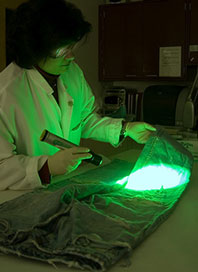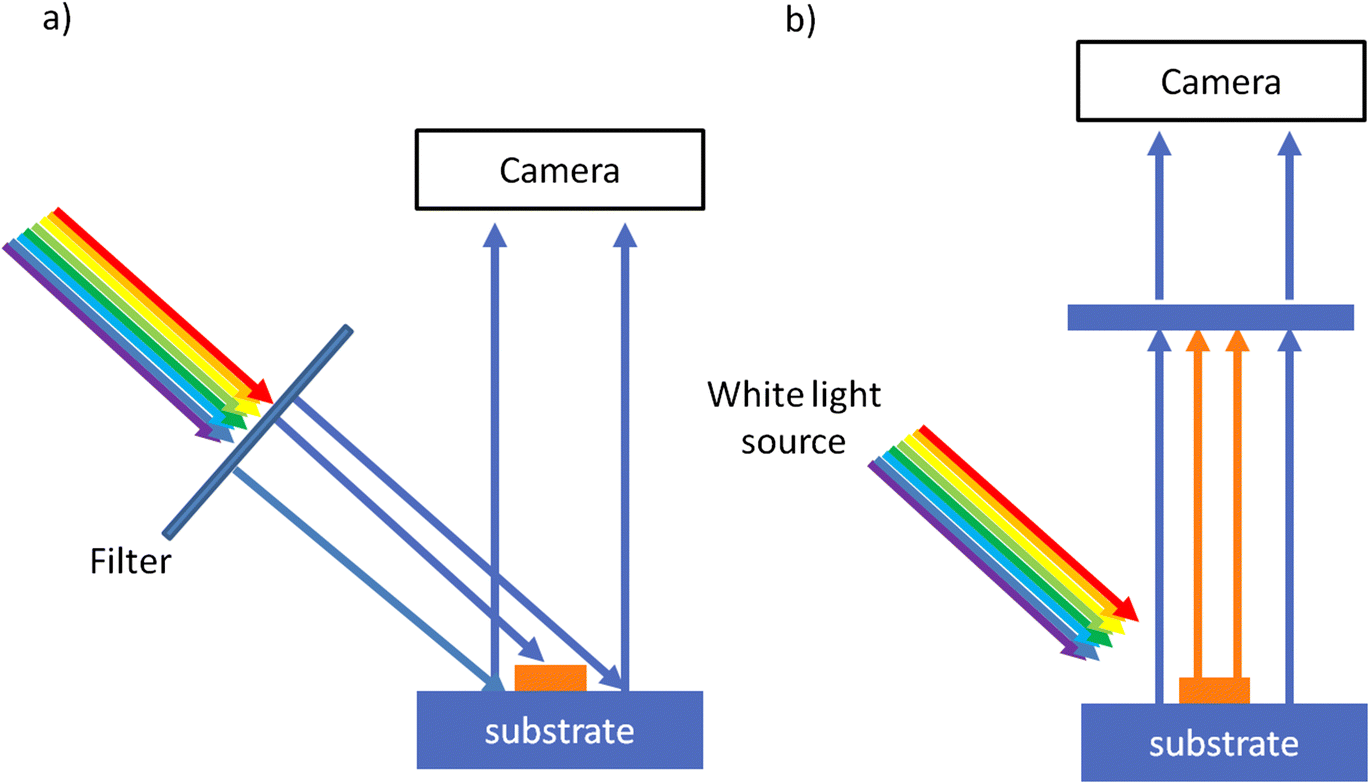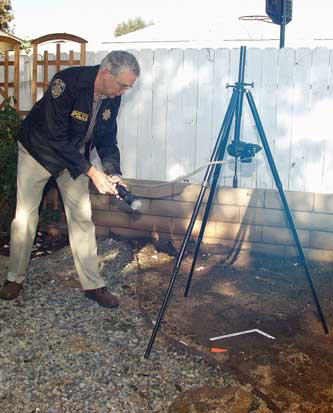Forensic light sources have been used for detection of biological.
Forensic light sources for detection of biological evidences in crime scene investigation a review.
In these cases it is necessary to tune to a wavelength of light that causes the print to glow and not the background.
Identification of biological evidences such as blood semen saliva and urine are important for crime scene investigation.
View the latest catalog of supplies and equipment for professionals in forensics crime scene investigation law enforcement criminal justice and corporate security.
Physiological fluids semen urine and saliva can be identified through their natural fluorescent properties utilizing uv light.
Forensic light sources have been used for detection of biological evidences where this method is a simple presumptive non destructive test and applicable for detecting most types of biological evidences.
Crime scenes and alternate light sources don penven alternate light sources a much needed tool for csis.
Body fluids since body fluids.
The collection of biological fluids on the crime scene on which to conduct dna profiling often represents the most important evidence for forensic investigators on the crime scene a wide variety of biological fluids can be present on an even wider assortment of substrates differing in terms of material and or color.
Over many decades visible light sources were used during most searches of crime scenes.
Khooforensic light sources for detection of biological evidences in crime scene investigation.
In many cases the background surface will also glow under light source illumination.
Although some forensic investigators would occasionally use ultraviolet uv black light to examine for crime scene evidence white light was the mainstay.
Identification of biological evidences such as blood semen saliva and urine are important for crime scene investigation.
2020 forensics source catalog.
A review journal of forensic sciences 1 2010 pp.
Forensic light sources have been used for detection of biological evidences where this method is a simple presumptive non destructive test and applicable for detecting most types of biological evidences.
Making a forensic light source with tunable or multiple wavelengths a coveted tool for any crime scene investigator.

























